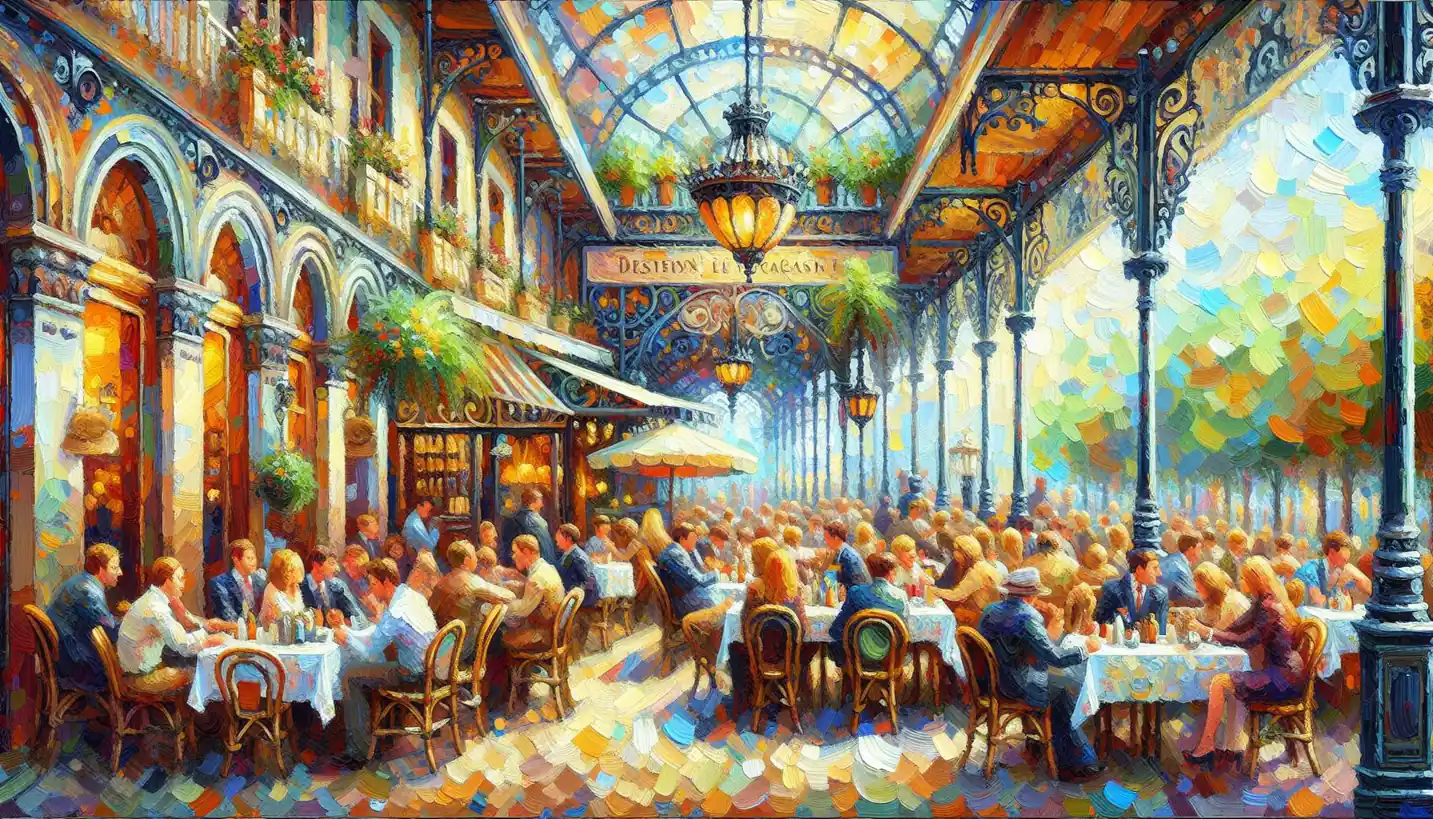· Art · 5 min read
Product Lifecycle: A Journey Through Industrial Design Secrets
Unfold the secrets of a product lifecycle, uncovering the journey from concept to reality in industrial design. Learn the steps that sustain innovation and growth.

Ever pondered how products come into being, from a mere idea to a tangible object in your hands? The journey is known as the product lifecycle, and it plays a crucial role in industrial design and even art. It’s a fascinating process that involves creativity, engineering, and a touch of market savvy.
At its core, the product lifecycle is like a story with different chapters, each playing a vital role in the creation and evolution of products. It all begins with that spark of an idea, inspired by the need to solve a problem or satisfy a desire. Think about something simple, like a tea kettle. It starts with someone realizing there’s a better way to boil water or a more appealing design that can catch the eye of consumers.
From Concept to Design
The first stage of the lifecycle is the concept phase. This is where ideas flow freely, and creativity is at its peak. Designers brainstorm, sketch, and dream up innovations. Imagine an artist staring at a blank canvas, contemplating what shape or form their creation will take. In the case of industrial design, it’s about visualizing what the product will look like and how it will function. This phase is essential, as it lays the groundwork for everything that follows.
Once a solid concept is in place, the focus shifts to design and development. This stage is where ideas turn into more detailed plans. Designers and engineers work side by side, hashing out the specifics. For instance, they decide on the materials, dimensions, and functionality. Picture a puzzle slowly coming together, where each piece must fit perfectly to create a coherent whole.
Crafting and Prototyping
Next comes the crafting and prototyping phase, where designs come to life. It’s like sculpting from clay, molding those abstract ideas into a physical form. Prototypes are created to test and refine the product. Feedback is crucial here. It’s a bit like cooking a new recipe and adjusting the ingredients based on taste tests. Sometimes, unexpected challenges arise, leading to modifications and improvements.
This is also the stage where artistic elements come into play. Industrial designers often have to balance aesthetics with function, ensuring that the product not only works perfectly but also looks stunning. It’s where art meets engineering, and the magic truly happens.
Testing and Refinement
Once prototypes have been honed, it’s time for testing. Products undergo rigorous trials to ensure they meet safety standards and perform as expected. Think of it as a dress rehearsal before the big premiere. Any flaws or weaknesses need to be addressed. It’s all about ironing out the wrinkles so that the final product is reliable and durable.
This testing phase might also involve market testing, where a small batch of products is released to gather consumer feedback. It’s like showing an audience a sneak peek of a movie to gauge their reactions and make adjustments before the official release.
Production and Distribution
After thorough testing and refinement, it’s time for full-scale production. Factories hum to life as the product rolls off the assembly line. This phase is like the grand opening night, where all the preparation pays off. Production involves careful planning and coordination to ensure everything goes smoothly and efficiently.
Distribution follows, getting the product into the hands of consumers. Whether it’s shipped to stores or sold online, this phase determines how people will access the new creation. It’s the moment when the designer’s vision finally meets reality.
Living in the Market
Once the product is out in the world, it enters the market phase. Here, it faces its ultimate challenge—surviving and thriving in the competitive landscape. It’s like a young athlete stepping into their first big game, with everything on the line. Marketing strategies come into play, ensuring the product reaches its intended audience and captures their interest.
This phase involves observing consumer reactions and making any necessary tweaks. Sometimes, unexpected trends or demands might prompt updates or enhancements. It’s a constant process of adaptation to ensure the product remains relevant and desirable.
The Inevitable Decline
Just like seasons change, most products will eventually reach a decline stage. It’s a natural part of the lifecycle, as new innovations often outshine older models. Think of it as a classic car that, while still charming, can’t compete with the latest technology under the hood.
At this point, companies decide whether to retire the product or reinvent it. Innovation might spark a new generation of designs, breathing fresh life into the concept. The cycle begins anew, with past experiences guiding future creations.
Why Understanding the Product Lifecycle Matters
Understanding the product lifecycle is crucial for industrial designers and businesses alike. It helps them plan better, make informed decisions, and adapt to changing circumstances. It’s about spotting opportunities and knowing when to innovate or when to let go. For consumers, this knowledge offers a glimpse into the intricate journey each product takes before reaching their hands.
In this ever-evolving world, where technology and needs shift rapidly, being able to navigate the product lifecycle effectively is more important than ever. It ensures sustainability, creativity, and the continuous improvement of designs.
So next time you pick up a product, take a moment to ponder the adventure it has undergone. From the drawing board to the store shelf, it’s a testament to human ingenuity and the delicate dance between art and design in crafting the world around us.


